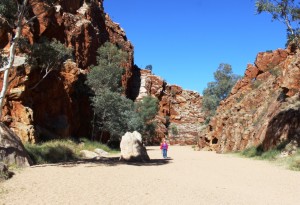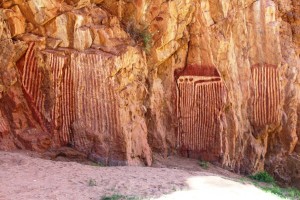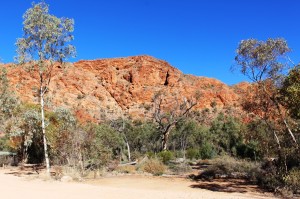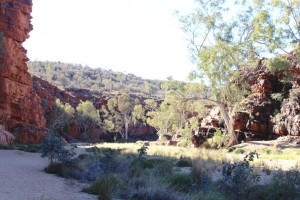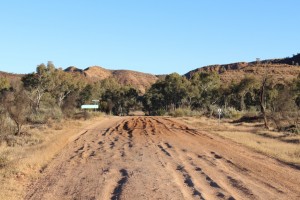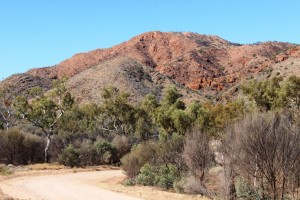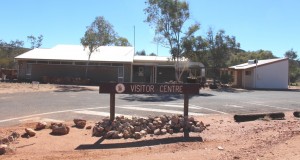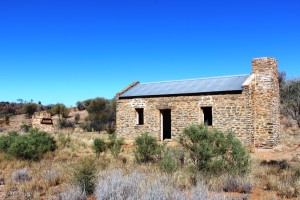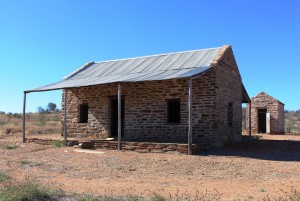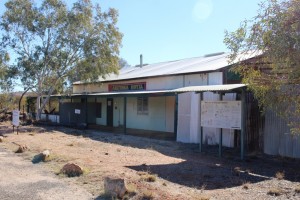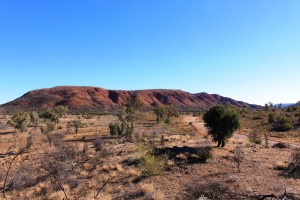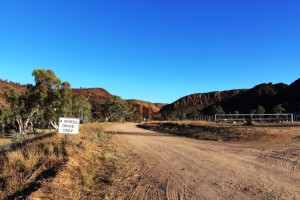2nd to 5th March 2020
Please Note: At the foot of this post you will find videos covering the material that the blog post contains.
Our location for our last night in Tasmania provided a further benefit as we drove the short distance, through a morning shower, to the ferry. We had to turn at a roundabout that put all the traffic coming out of Devonport to catch the Spirit on our left, giving us right of way. But loading was still a slow progress as the ship arrived late from Melbourne. I felt sorry for the yellow coated attendants as they stood around in the rain waiting for something to happen.
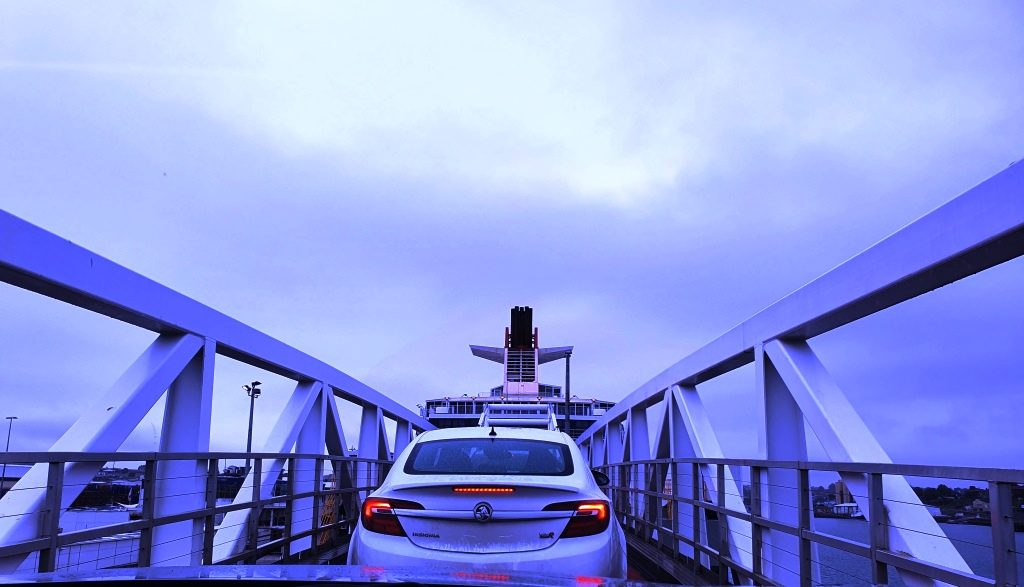
We had another good Bass Strait crossing. The expected strong winds did not eventuate. There was a slight swell running through the Strait but not enough wind to produce white caps.
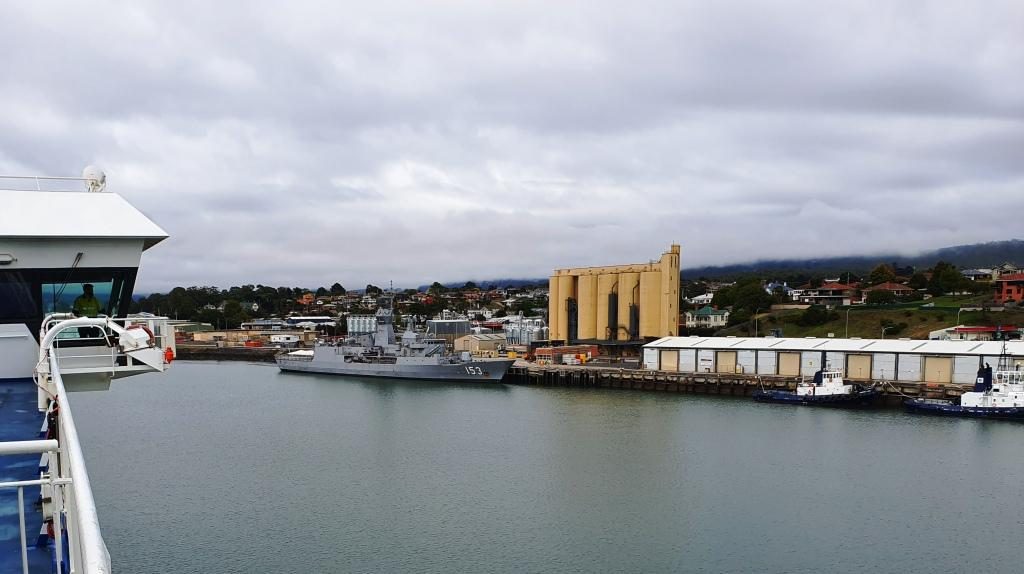
We had travelled south on Spirit of Tasmania One and returned on Spirit of Tasmania Two. They appear to be identical twins and very suited to their task. We had no complaints at all about either of them.
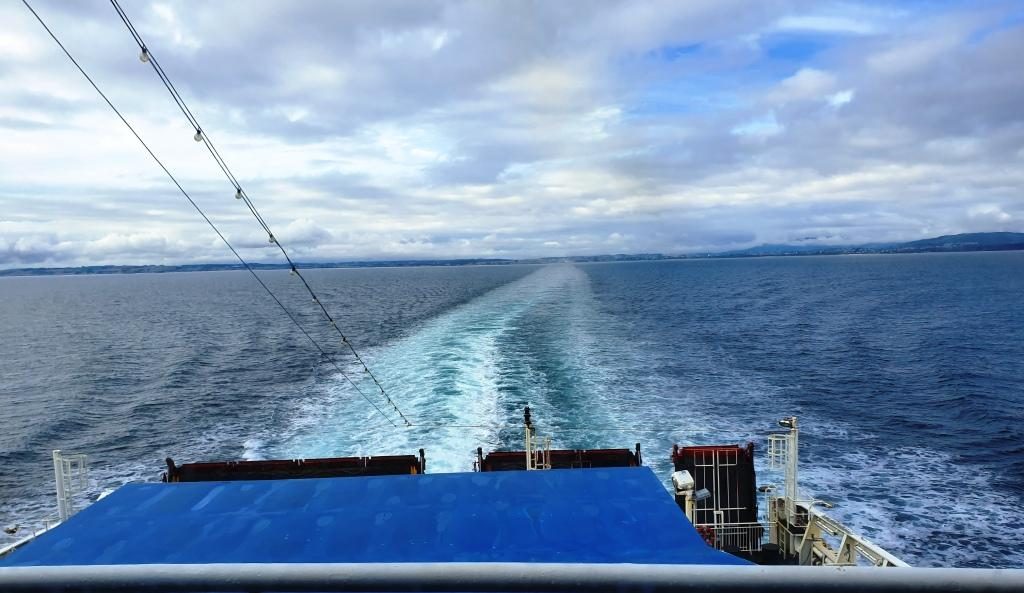
We had booked recliner seats for the return, as a cabin was not needed for a day crossing. The recliner seats are at the back of the vessel, facing towards the stern. There are four rows and the seats have full height backs so unless you are in the first row your view is of the back of the seat in front. So we spent much of the day in the top deck lounge where the view of the water was good and we were near food and coffee.
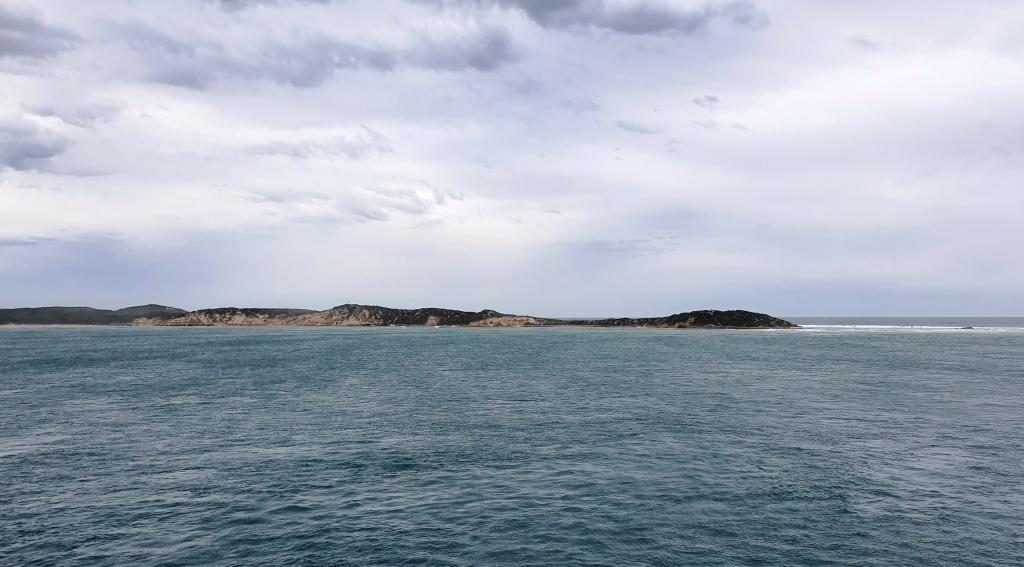
We reached Port Philip Heads in daylight and came up the bay as the daylight faded. We docked in darkness with the City of Melbourne a mass of lights ahead of us. Disembarking was a slow process as Melbourne’s peak hour traffic made it difficult for vehicles exiting the terminal to merge into the traffic flow.
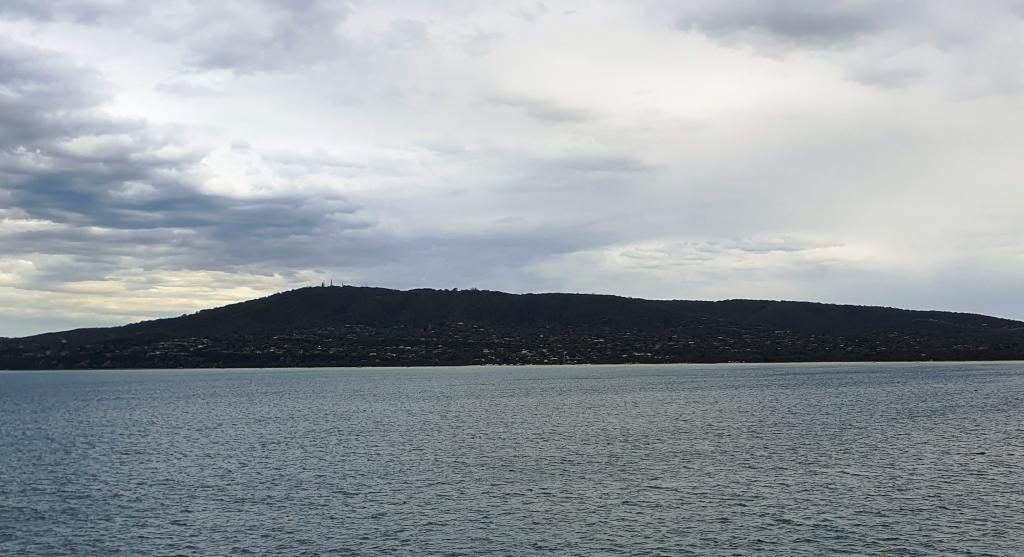
But eventually we were moving and making our way through the near city streets to the Monash Freeway. Streets in the near city area have changed since we lived in Victoria and I was working in a near city location. Google maps didn’t have it quite right but we found our way to our hotel in Waverley, without too much drama.
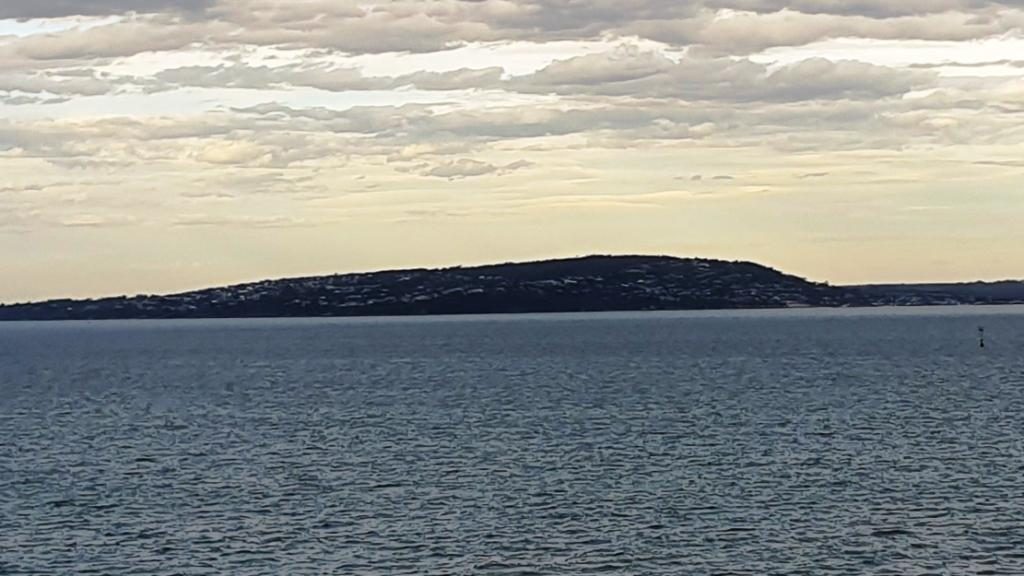
Friends who we had called on in Ballina on our way south were in Melbourne for a couple of weeks and staying quite near to where we were. So we arranged to meet them at a nearby shopping centre for morning coffee before we headed out to West Gippsland to where we were spending a few days with my sister and her husband.
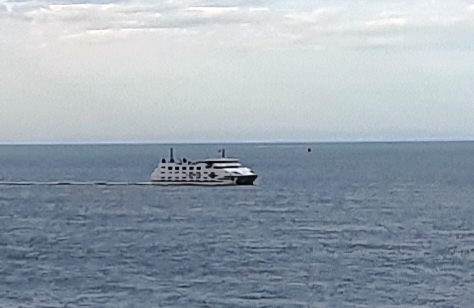
A visit to a supermarket indicated that the shelf stripping that we had seen in Launceston stores was more prevalent that we thought. We now know the full story, of course, but then we thought that the cause was the many Asian tourists with whom we had shared Tasmania.

On Wednesday, after doing normal family catch ups, we joined our hosts and other family members in a day out into the mountains that are part of the southern Victorian Alps and lie to the north of the rolling hills of the agricultural country of West Gippsland.
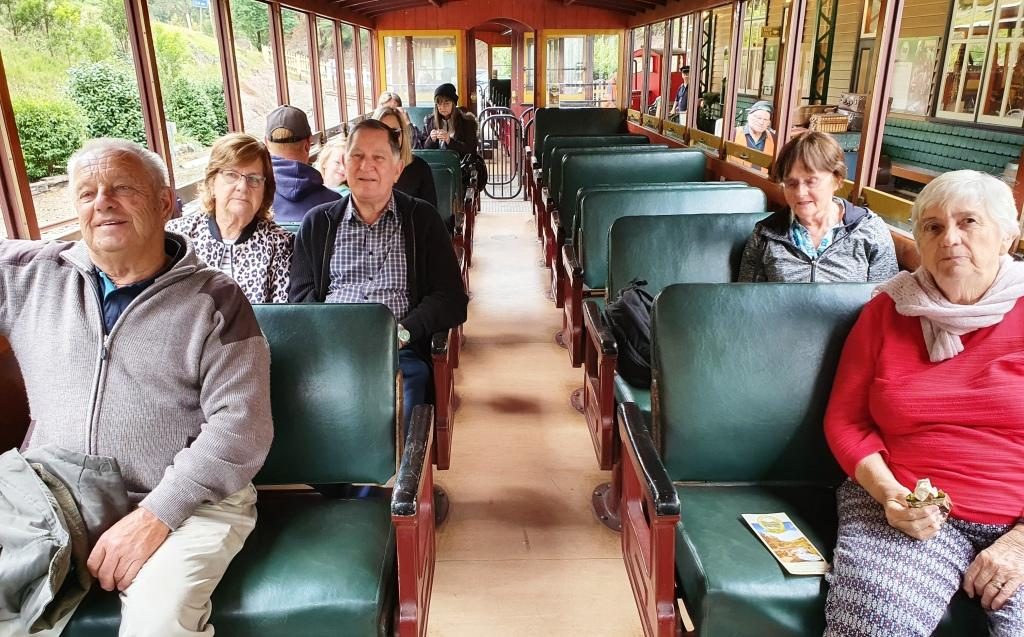
Walhalla is a historic gold mining town about 90 km from Drouin. It takes about 90 minutes to drive there. It is a well preserved heritage town with a full sized rebuilt railway that operates on several days of the week. It is popular with all ages and well patronised, particularly at weekends and very popular for school excursions.
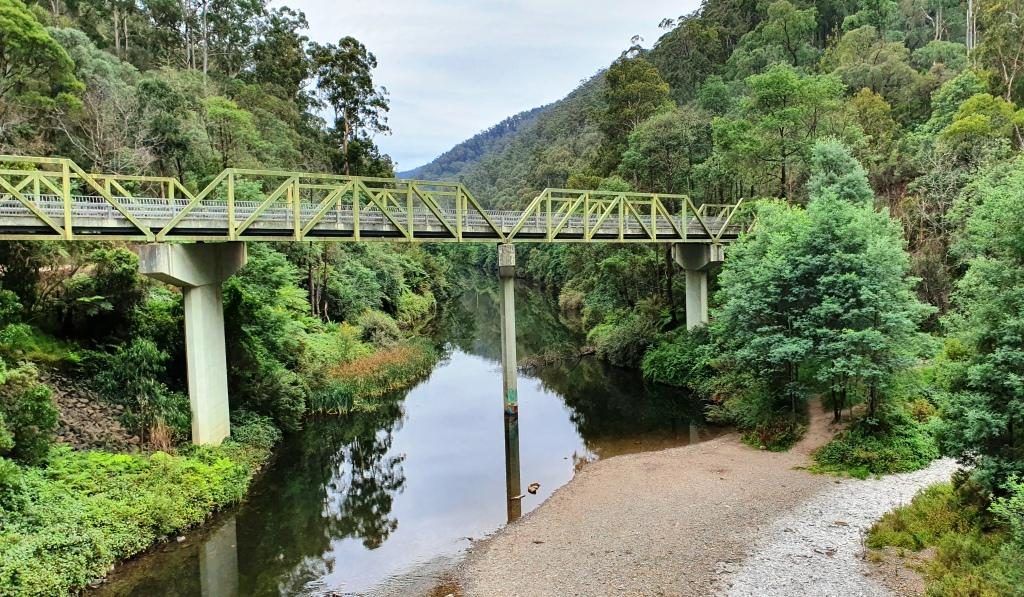
The original rail connection arrived in the mid 1920s, just as the gold started to be worked out and the town started its decline. In more recent years enthusiastic volunteers restored the line, rolling stock and infrastructure and volunteers continue to operate and maintain it.
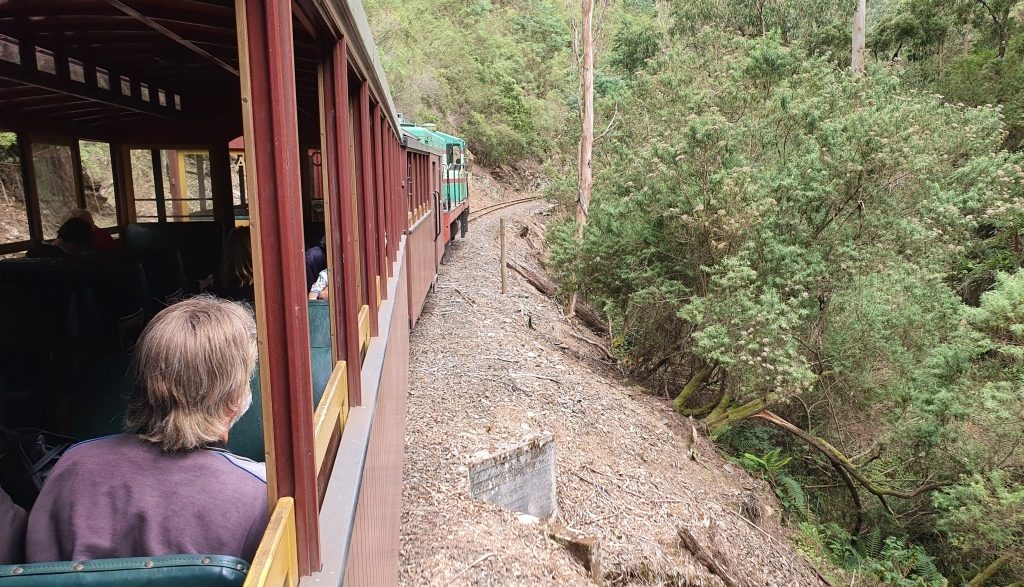
The final few kilometres of the road to Walhalla runs beside the Thomson River before crossing it to then follow its tributary, Springers Creek, to the town. Thomson River Station is located where the road bridge crosses the Thomson. It is to Thomson River Station that the train runs.
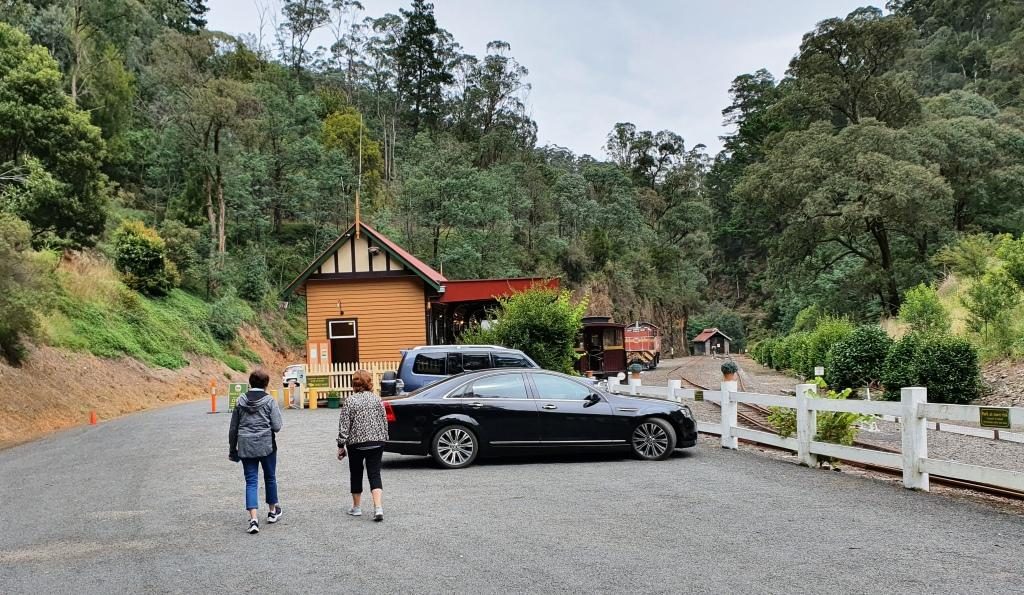
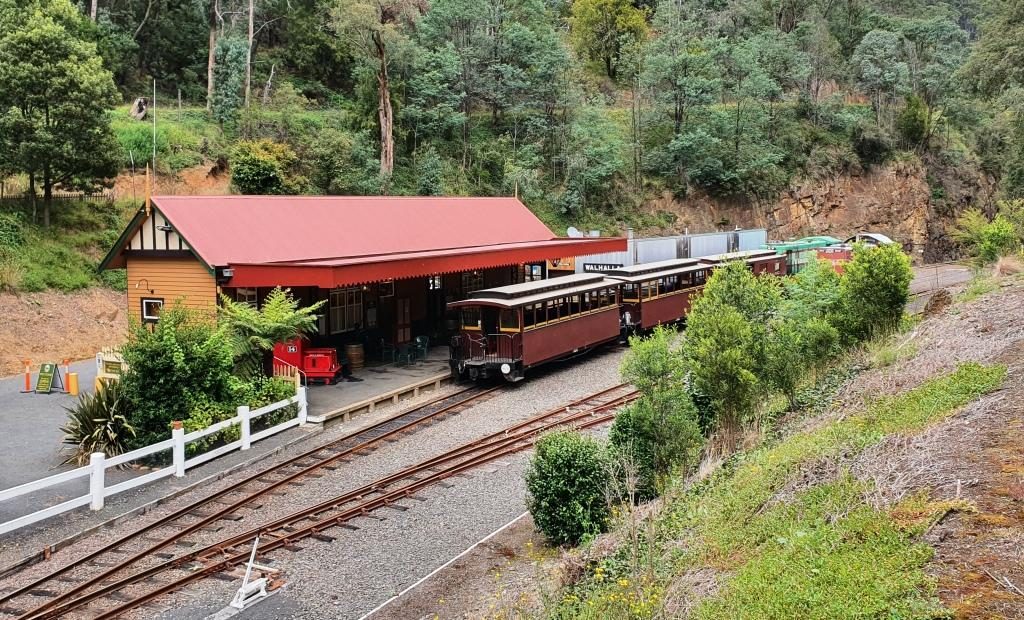
The railway runs along Springers Creek opposite to the road and when fully operational turned downstream beside the river after Thompson River Station. The ride is about 20 minutes out to Thomson River Station which is equipped with refreshment rooms just like the old days. The coffee was dispensed by a machine on the press of a button, so was not of coffee shop quality, but it was coffee and it was past coffee time by then. As we refreshed ourselves the train moved up the track so that the engine could be manoeuvred back to the front of the carriages for the return journey.
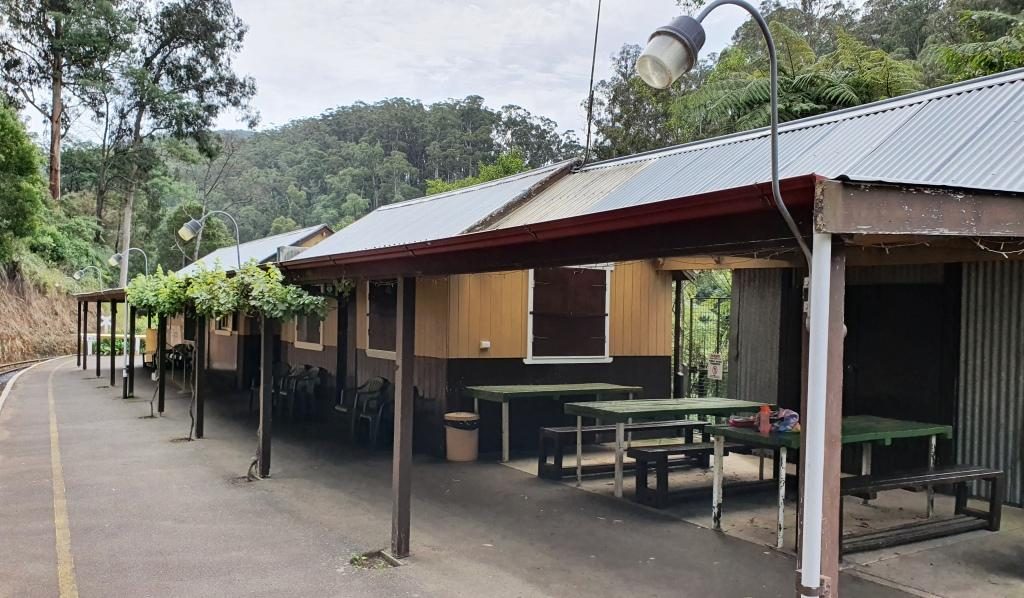
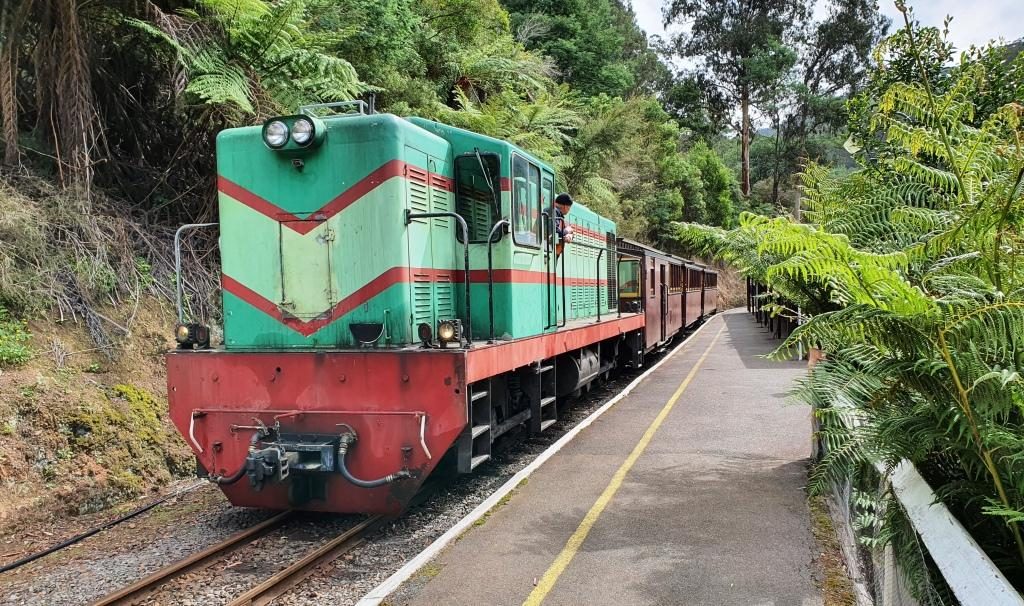
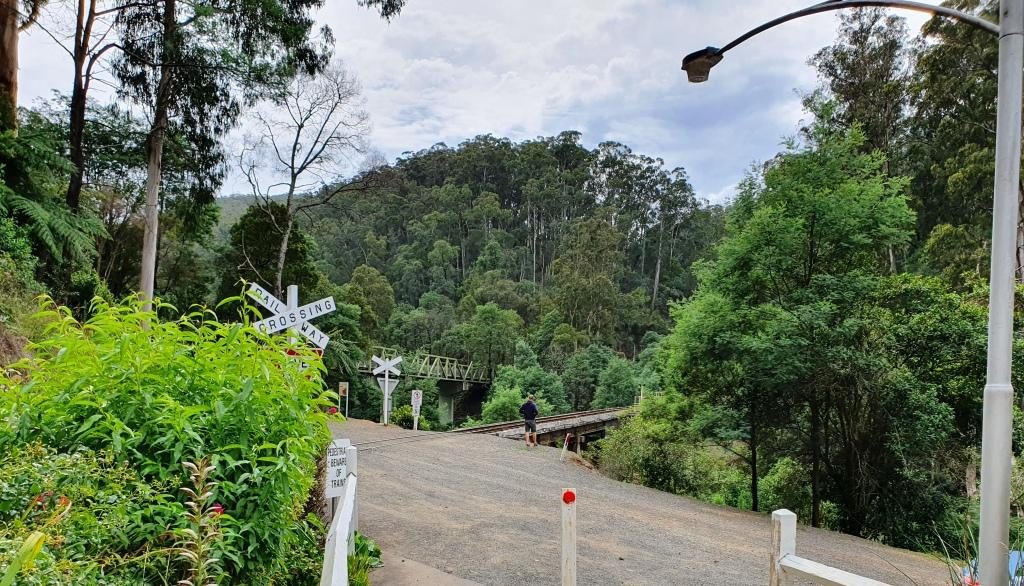
Train ride over, we drove up into the town and followed the main street as it wended its curving way through the narrow valley. The commercial buildings stand beside the road and on the flat land beside the creek, but the rest of the housing steps up the steep hillsides. The accompanying photos tell more of the the story.
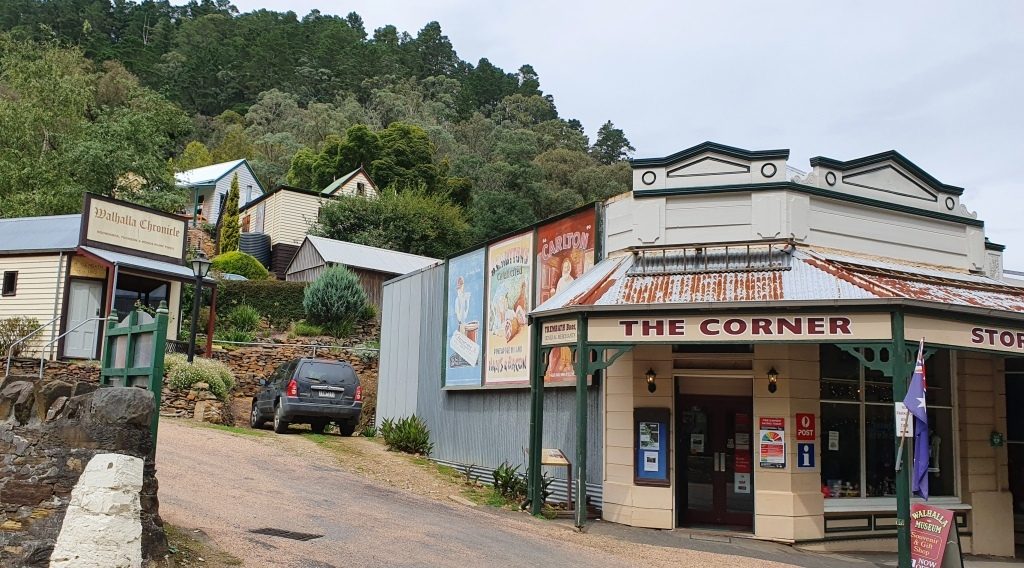
As you enter the town the mining area is on the left with convenient foot tracks and stairs leading to points of interest. We have looked at these before, when we were much younger. We had no difficulty in resisting the temptation to climb the steps that lead to the hillside path.
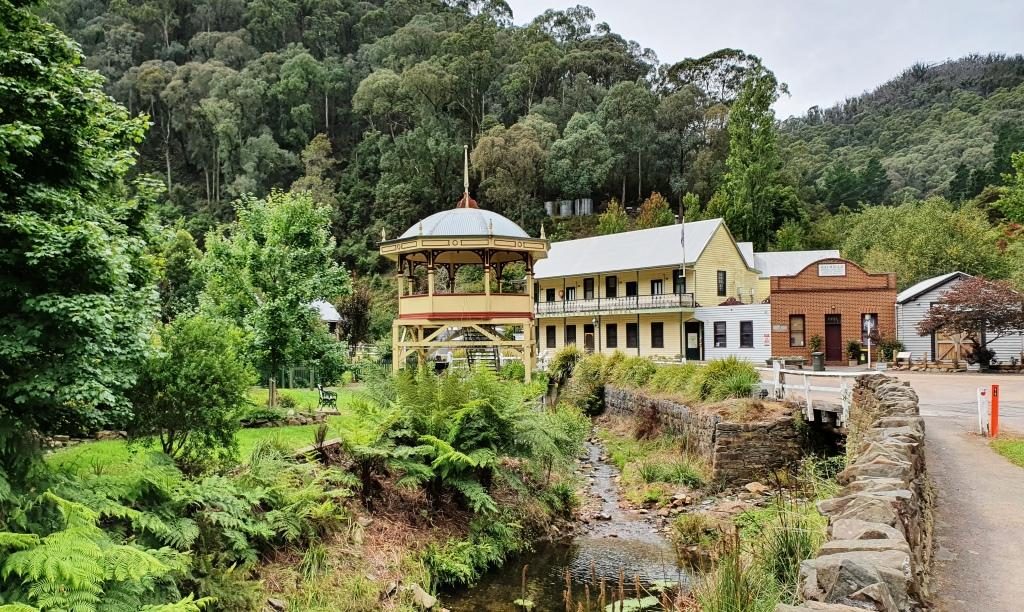
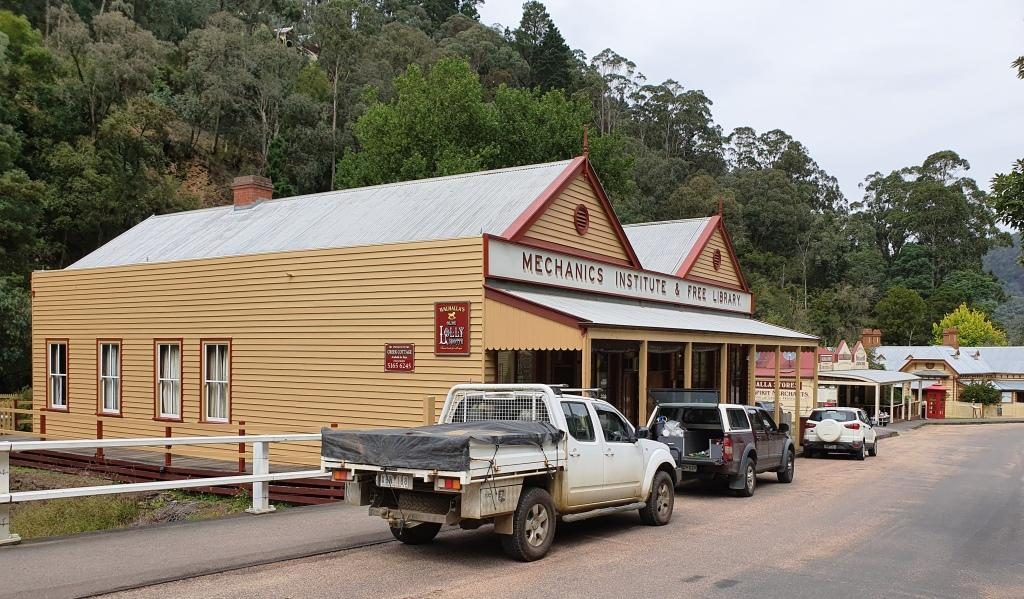
The best known of the Walhalla gold mines is the Long Tunnel Extended Mine. Access to this mine has been preserved making it suitable for public inspection. Tours are conducted on a regular basis and have just recommenced following Covid-19 shut down. $20 will gain entry for adults or $15 if you rate as a senior.
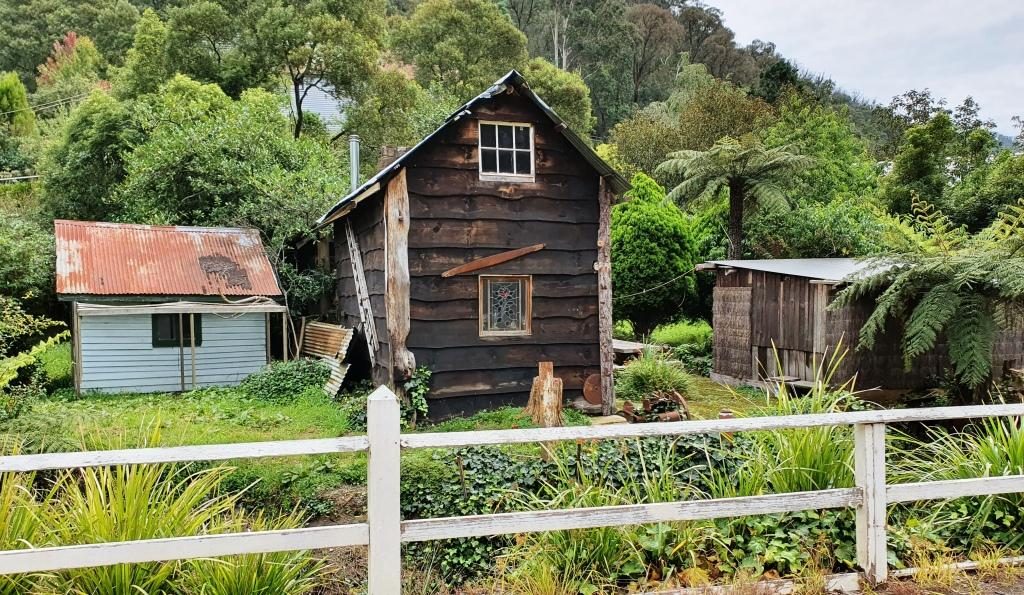
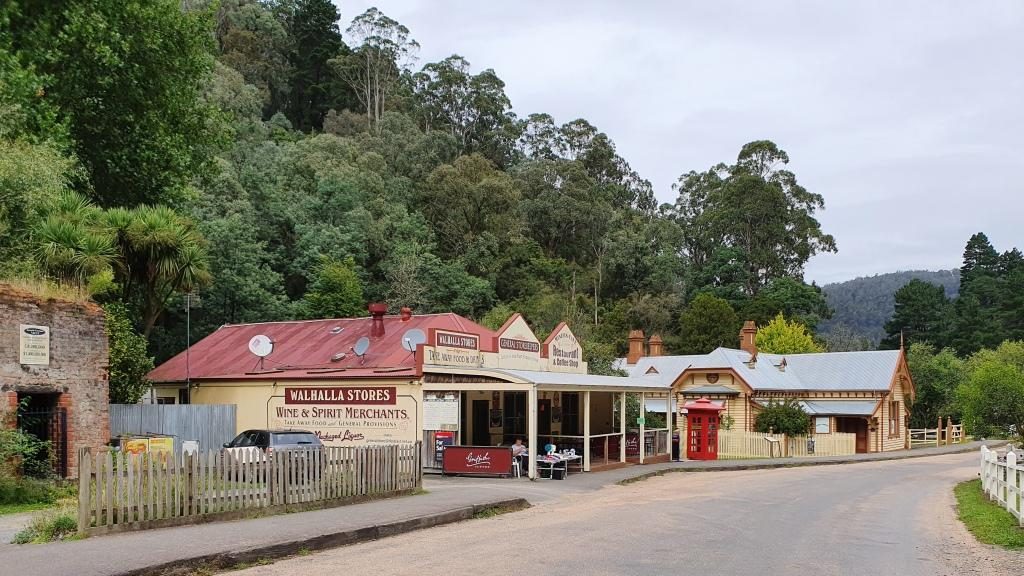
From the train we had seen a group of teen age school children camping beside Springers Creek. As we came out of the pub after lunch we saw them again. They had made it back to town and had climbed to the hillside track to take a closer look at the mines.
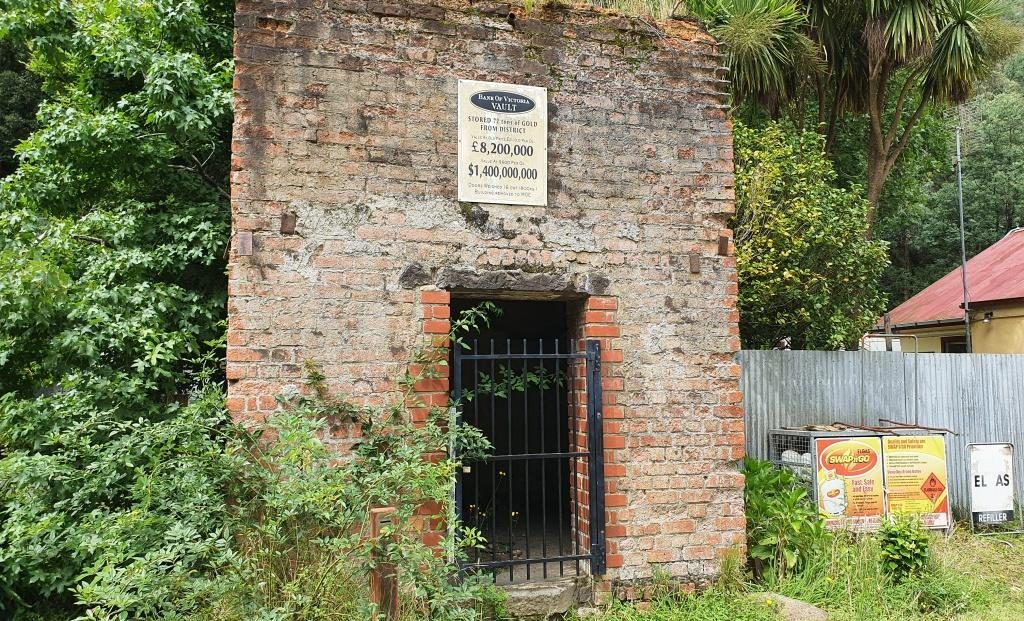
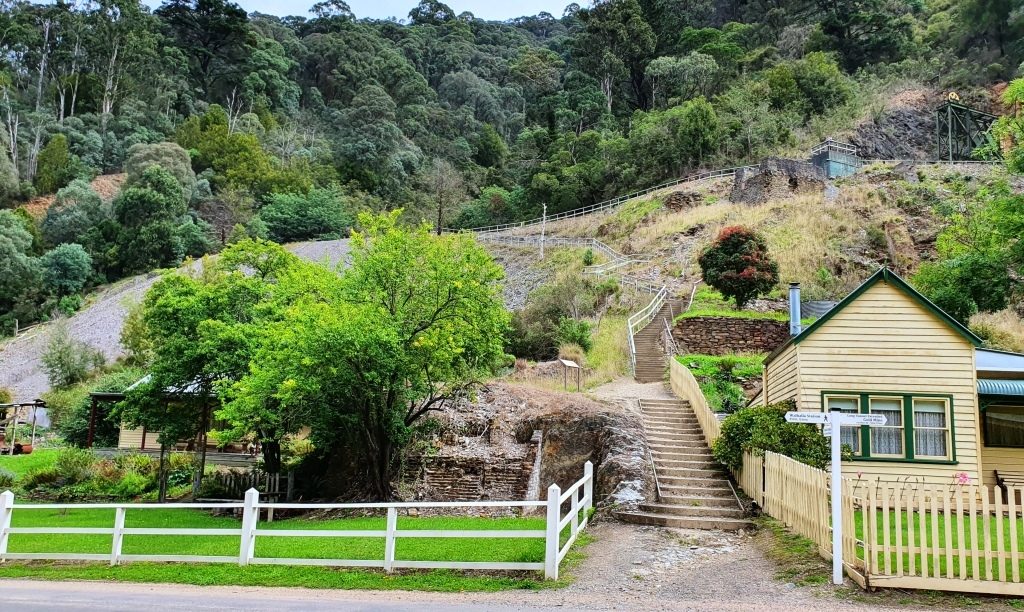
The only place available for lunch was the Walhalla Lodge Hotel which is a fairly typical country pub. The meals were generous in size and hit the spot after our train ride.
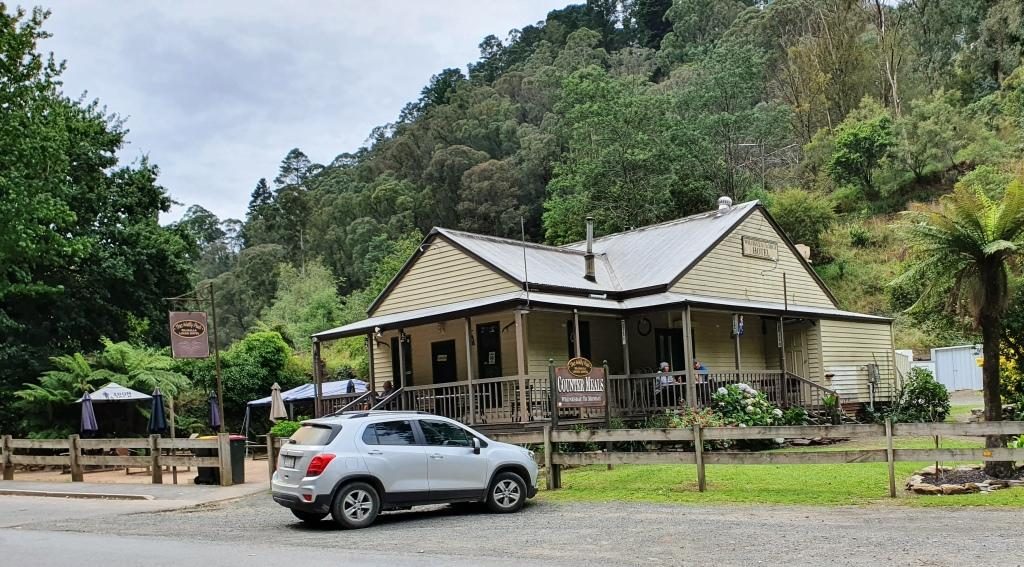
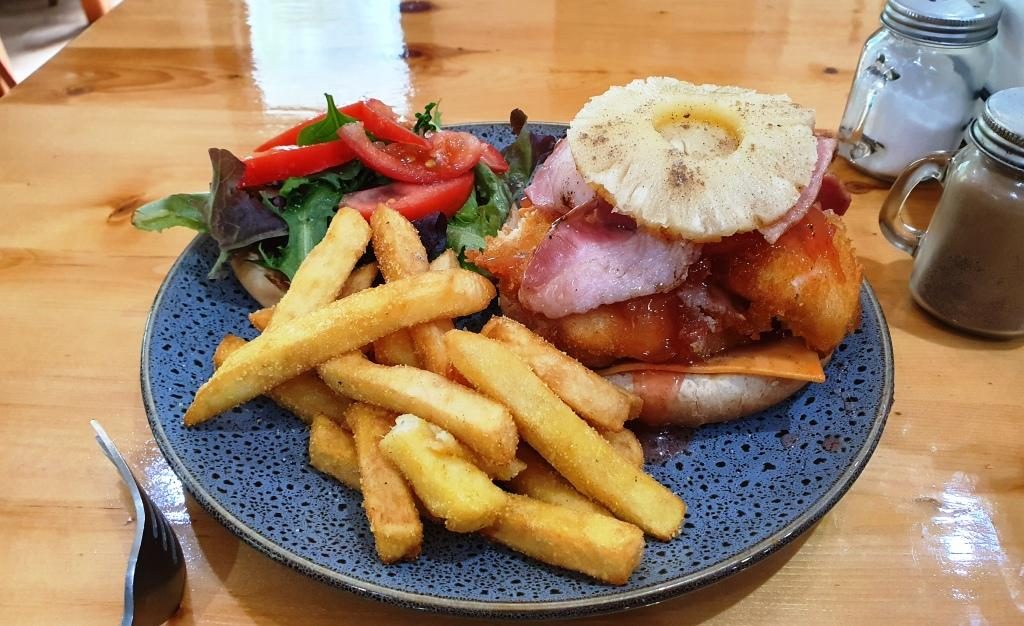
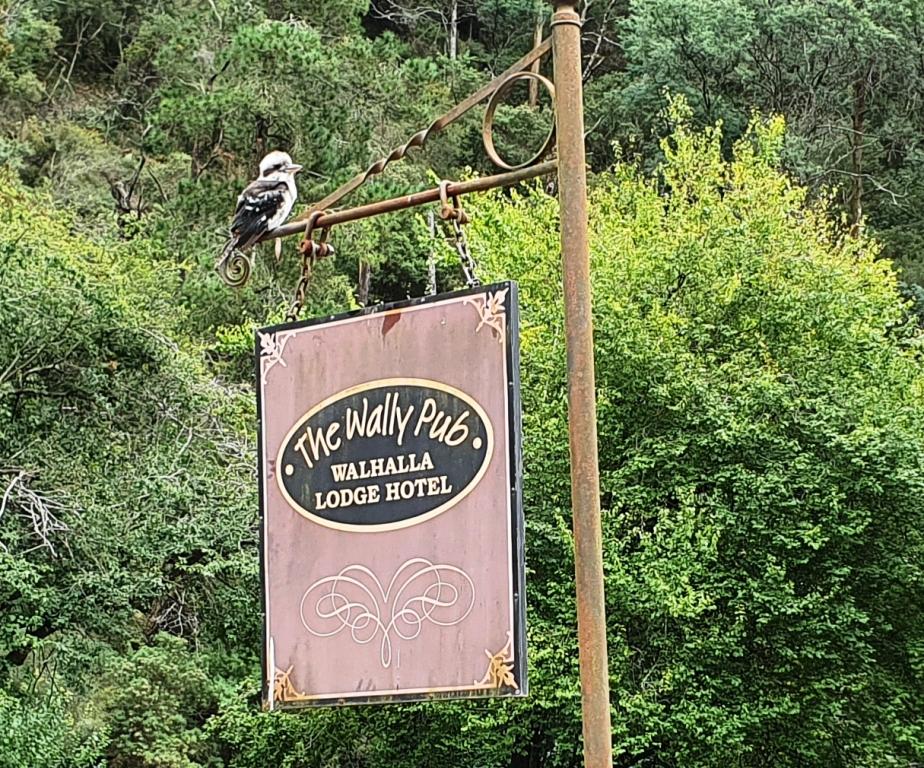
On our way back to Drouin we made a detour to look at a house that our niece (sister’s daughter) and her family had just bought but had not yet moved into. Such are the interests of family visits.

